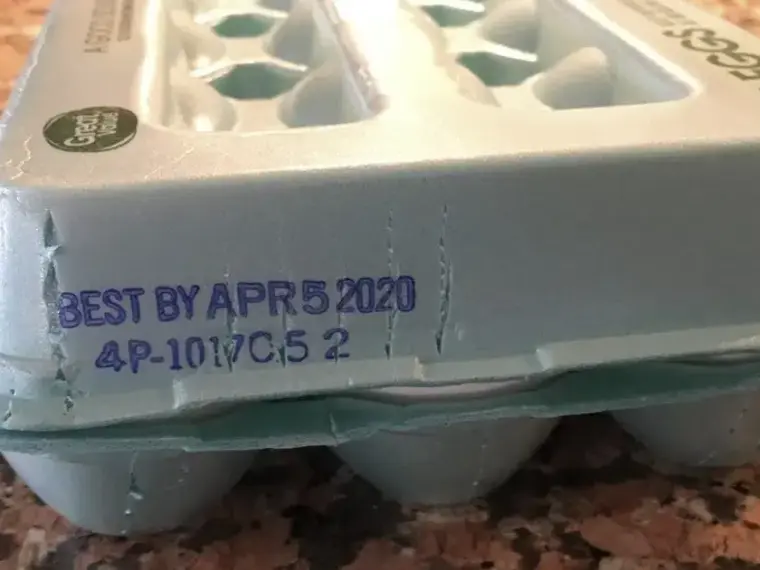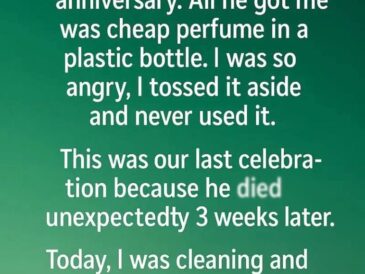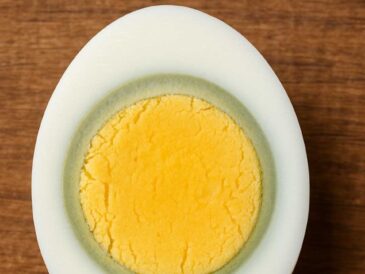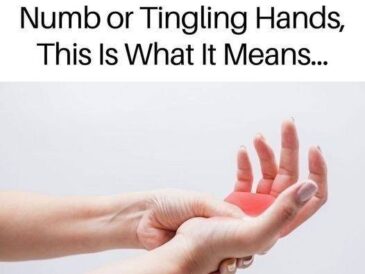So this is embarrassing. A few years back, I made a quiche for a dinner party and basically poisoned everyone. Not hospital-level bad or anything, but we all felt… off. Nausea, some suspicious gurgling noises. You get the idea. They didn’t have to go to the hospital, I still felt quite bad and uncomfortable. I was the one who made the dinner, wasn’t I.
The culprit? You guess. Eggs. But here’s a thing: they looked fine. No, really, you gotta believe me. There was nothing wrong with them, AT ALL! They weren’t expired. They didn’t smell weird. So what happened? How could I know?
Turns out, there’s this little number printed on the side of the carton. A number I had seen approximately one million times but never actually read. Don’t tell me that you have. It looked like a code for a secret lab or something. I ignored it. Mistake. and a big one too.
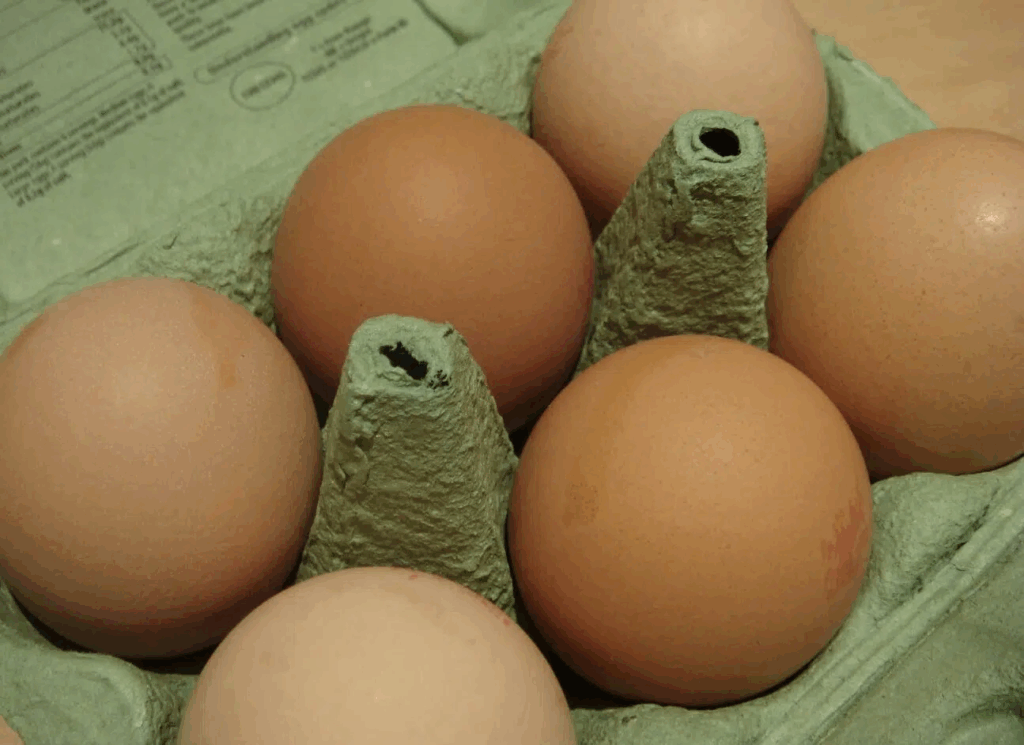
Julian Date: The Nerdy Name for “Egg Birthday”
Alright, here’s what I now know: those three digits—like 045 or 312—are called the Julian date. Not a calendar app. It’s the day of the year the eggs were packed. So “001” is January 1st. “123” is May 2nd. And so on.
Why does this matter? Because the printed expiration date can be misleading. It’s usually a “sell by” date, which could be way after the eggs were actually packed. If you want to know how fresh they are, the Julian date is your truth-teller.
Now when I’m at the store, I scan for something in the last two weeks. I’ve definitely looked like a lunatic comparing cartons like they’re vintage wine. People stare. I don’t care. I’ve suffered too much.
The Plant Code: AKA, Where the Heck Did These Eggs Come From?
Next to the Julian date, there’s this “P” code—like “P1021” or something. It’s the plant where the eggs were processed. Sounds useless, until you hear about a salmonella outbreak and realize you have no clue if your eggs are involved.
There was a recall once and I had eggs in the fridge. I checked the Julian date. Check. I checked the plant code. No match. Crisis averted. But I’ll never forget that 30 seconds of panic in front of the fridge, carton open, phone in hand, trying to decode government websites.
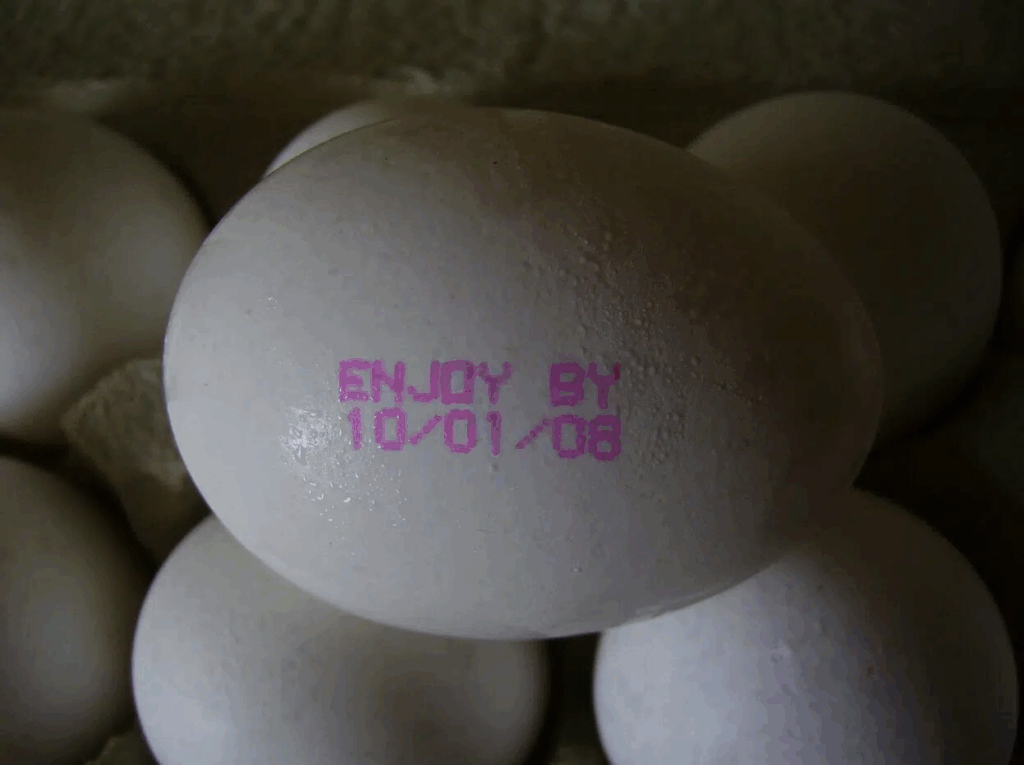
Eggs Don’t Last Forever. I Know—Shock.
Another thing I used to believe: if an egg floats in water, it’s bad. If it sinks, it’s good. That’s… sort of true? But also not a science I’d bet my omelet on.
What I do trust now is the packing date. I scribble it on the top of the carton like a little calendar. “Packed: Day 124. Toss after: Day 154.” I even add a sad face emoji on the expiration day. It’s dumb. It works.
Also—fun fact—if you keep eggs in the coldest part of the fridge (not the door!), they stay fresh longer. You’re welcome.
Those Fancy Labels Are Sometimes Just… Labels
Let’s detour for a sec. Ever seen “Cage-Free,” “Free-Range,” “Organic,” “Pastured,” and thought, “Wow, these chickens live better than me”? Same.
The truth? Cage-free often just means they aren’t in cages—but they’re still in giant barns. Free-range might mean outdoor access, but often it’s like, “a door opens once a day and the chicken stares at the light for two seconds.”
If you want eggs from chickens that actually roam around, look for “pastured.” I’ve bought those and the yolks are so orange, it’s like cracking open a tiny sun. They taste richer, too—maybe it’s mental, maybe not. But I’ll swear by them.
USDA Grades: Because Apparently Eggs Take the SAT
There are also USDA grades: AA, A, and B. AA are basically the valedictorians of the egg world. Perfect whites, tight yolks, no weird spots. A is slightly lower tier, but still excellent. B? Honestly, I’ve never seen them sold in a normal grocery store. Maybe they’re used in bulk baking?
If I’m frying or poaching, I splurge on AA. If I’m baking cookies or something where the eggs are hidden under sugar and butter, I don’t bother.
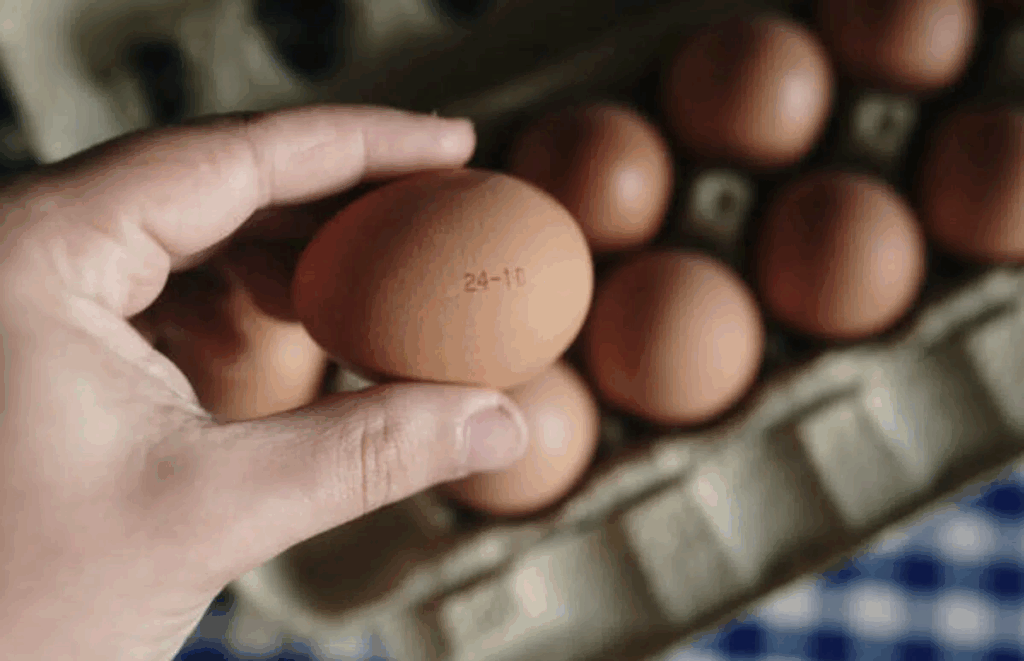
Here’s When It All Made Sense
One Sunday morning, I made scrambled eggs. Boring, I know, but I was lazy and tired. I cracked two eggs, added salt and cream, threw it in a pan. The texture was weird. Almost watery. Flavorless. Just… sad.
Checked the carton. Julian date was 36 days old. I mean, it wasn’t expired. But it was tired. And so was my breakfast.
Two weeks later, same brand, same method, way fresher pack date—completely different result. Fluffier, richer, smelled like brunch at a fancy diner. That’s when I was like, “Alright, I get it. I’m an egg snob now.”
So yeah, egg carton numbers. Seem boring. Are not.
The Julian date helps you figure out how fresh your eggs really are. The plant code can help you stay safe during recalls. The grade? Tells you if your eggs will behave in the pan or not. And all those marketing labels? Ah, come on. Do I even have to say more??
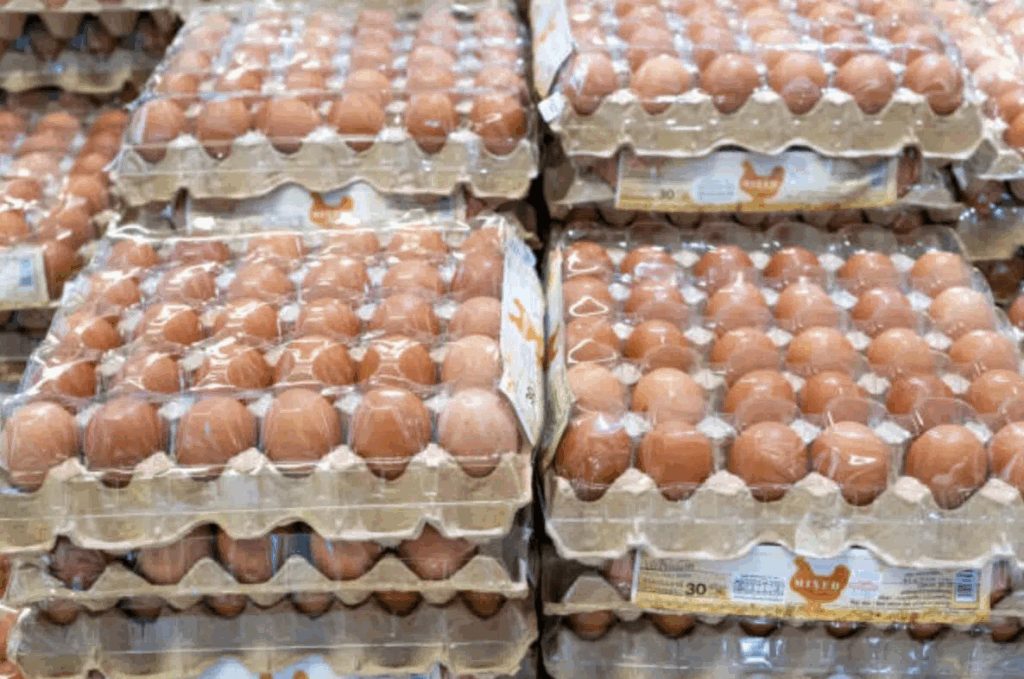
Next time you’re at the store and someone looks at you weirdly for inspecting eggs like they’re some kinds of.. I don’t know…diamonds?.. just nod and smile. You know something they don’t. Or maybe ignore. That’s even better.
And hey—no more accidental food poisoning. I love that for you.
